When it comes to buying shoes, consumers are often faced with the decision between faux leather and real leather. While both types have their pros and cons, making an informed choice requires understanding the key differences. This article aims to compare faux leather and real leather shoes, considering factors such as material properties, durability, environmental impact, and price, to help readers make confident purchasing decisions. Material Properties: Faux leather shoes, also known as synthetic leather or pleather, are made from synthetic materials like polyurethane (PU) or polyvinyl chloride (PVC). On the other hand, real leather shoes are constructed using animal hide, typically sourced from cows or sheep. Faux leather shoes attempt to mimic the look and feel of genuine leather, yet the properties differ. Real leather shoes possess natural variations in grain, texture, and color, resulting in a more luxurious and unique appearance. Durability: One of the advantages of real leather shoes is their durability.
.
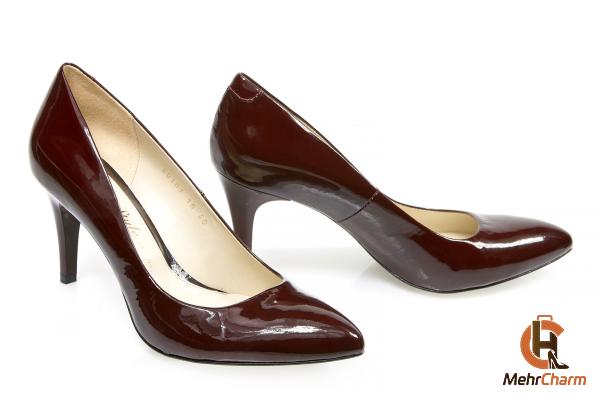 Authentic leather tends to be more flexible and resistant to wear and tear, making it a great long-term investment. Faux leather shoes may have a shorter lifespan due to the synthetic nature of the materials used. However, with proper care, both types of shoes can maintain their quality and durability over time. Environmental Impact: The use of real leather has drawn criticism for its environmental impact. Leather production involves intensive farming, chemical treatments, and water consumption. Alternatively, faux leather shoes are often considered more eco-friendly as they do not rely on animal products and can be produced using fewer resources. Nevertheless, it is important to note that faux leather shoes are made from petroleum-based derivatives, which have their own environmental drawbacks. Price: Cost is a significant factor for many shoppers. Real leather shoes are typically more expensive due to the higher cost of sourcing and production.
Authentic leather tends to be more flexible and resistant to wear and tear, making it a great long-term investment. Faux leather shoes may have a shorter lifespan due to the synthetic nature of the materials used. However, with proper care, both types of shoes can maintain their quality and durability over time. Environmental Impact: The use of real leather has drawn criticism for its environmental impact. Leather production involves intensive farming, chemical treatments, and water consumption. Alternatively, faux leather shoes are often considered more eco-friendly as they do not rely on animal products and can be produced using fewer resources. Nevertheless, it is important to note that faux leather shoes are made from petroleum-based derivatives, which have their own environmental drawbacks. Price: Cost is a significant factor for many shoppers. Real leather shoes are typically more expensive due to the higher cost of sourcing and production.
..
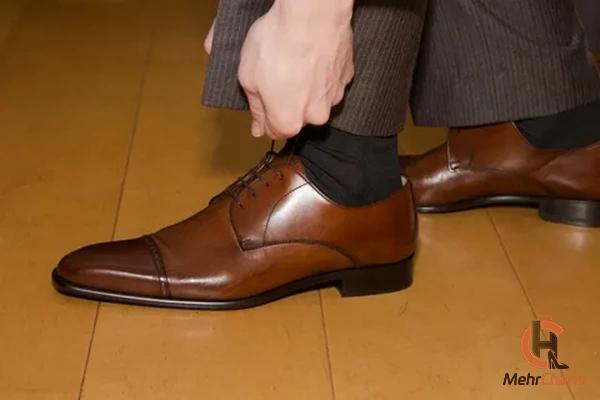 On the other hand, faux leather shoes are often more affordable, making them an attractive option for budget-conscious consumers. However, it is essential to assess the overall value for money based on the specific needs and preferences of the buyer. Comfort and Breathability: Real leather shoes have the advantage of being breathable, allowing air to circulate and prevent uncomfortable sweating. Synthetic materials used in faux leather shoes may not possess the same breathability, leading to potential discomfort, especially in humid conditions. However, advances in manufacturing techniques have allowed for the creation of synthetic materials that closely resemble the breathability of real leather.
On the other hand, faux leather shoes are often more affordable, making them an attractive option for budget-conscious consumers. However, it is essential to assess the overall value for money based on the specific needs and preferences of the buyer. Comfort and Breathability: Real leather shoes have the advantage of being breathable, allowing air to circulate and prevent uncomfortable sweating. Synthetic materials used in faux leather shoes may not possess the same breathability, leading to potential discomfort, especially in humid conditions. However, advances in manufacturing techniques have allowed for the creation of synthetic materials that closely resemble the breathability of real leather.
…
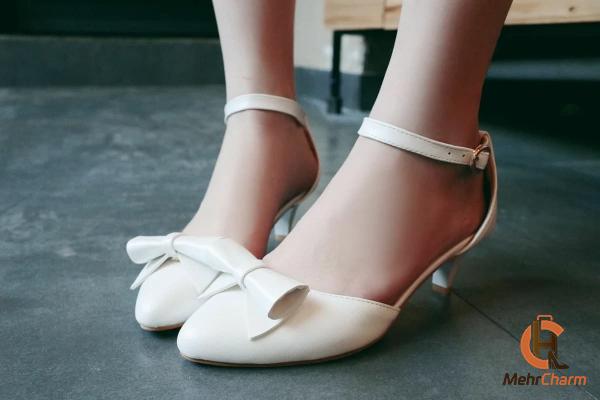 Conclusion: When deciding between faux leather and real leather shoes, various factors come into play. Real leather shoes offer a premium look, unparalleled durability, and breathability, but at a higher cost and environmental impact. On the other hand, faux leather shoes provide affordability, a wide range of styles, and a reduced environmental footprint, although they may lack the same level of durability and breathability. Ultimately, the decision depends on personal preferences, ethical considerations, and specific requirements. By considering these factors, consumers can make an informed choice that aligns with their values and needs.
Conclusion: When deciding between faux leather and real leather shoes, various factors come into play. Real leather shoes offer a premium look, unparalleled durability, and breathability, but at a higher cost and environmental impact. On the other hand, faux leather shoes provide affordability, a wide range of styles, and a reduced environmental footprint, although they may lack the same level of durability and breathability. Ultimately, the decision depends on personal preferences, ethical considerations, and specific requirements. By considering these factors, consumers can make an informed choice that aligns with their values and needs.
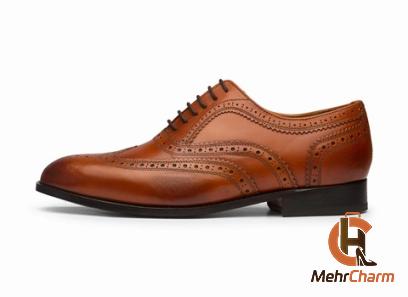
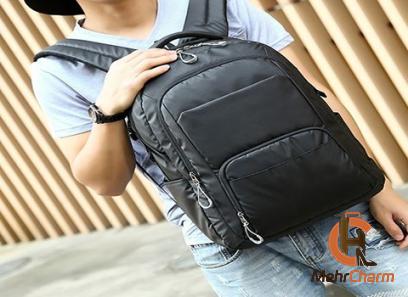
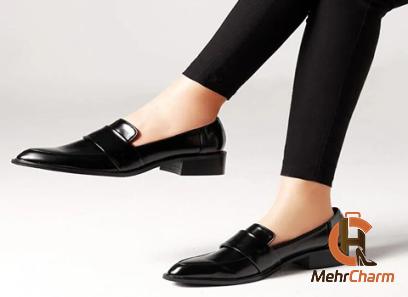
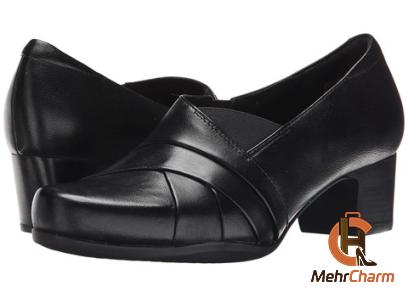



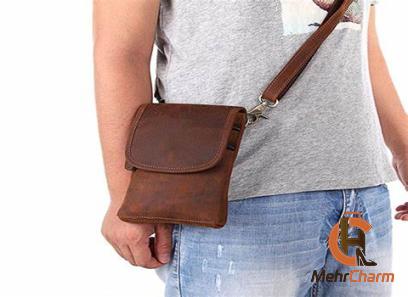

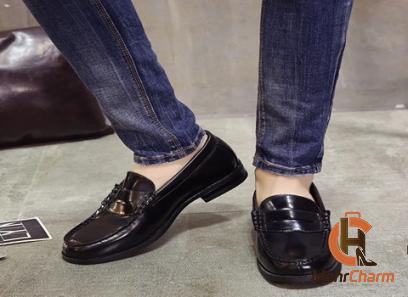
Your comment submitted.